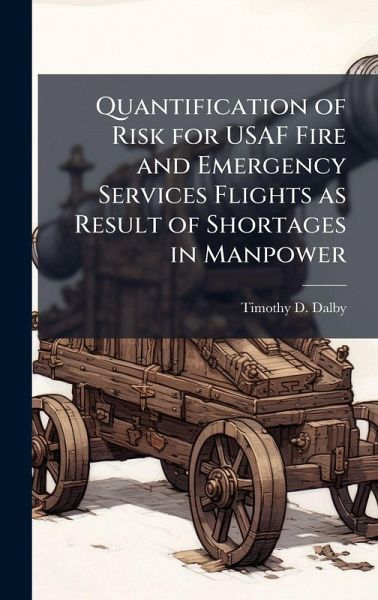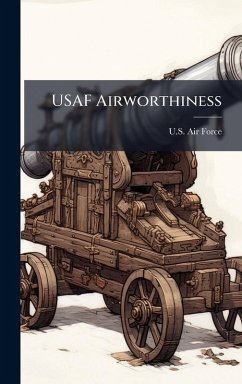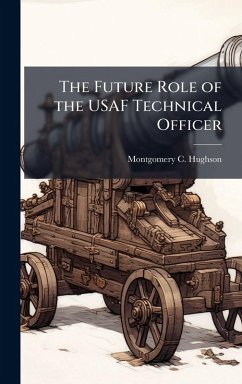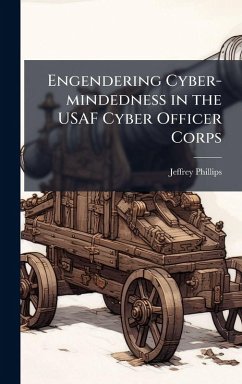
Quantification of Risk for USAF Fire and Emergency Services Flights as Result of Shortages in Manpower
Versandkostenfrei!
Versandfertig in über 4 Wochen
30,99 €
inkl. MwSt.
Weitere Ausgaben:

PAYBACK Punkte
15 °P sammeln!
The United States Air Force (USAF) is currently experiencing a period of high operations tempo and overseas deployments have become frequent. These deployments will leave home installations short manned. Some amount of risk is incurred by the home installation as a result of the short manning. For an organization, such as an USAF Fire and Emergency Services (FES) flight, whose primary responsibility is the protection of life and property, the incurred risk could be catastrophic. Still no attempt has been made to quantify risk in terms of manpower for USAF FES flights.The primary purpose of thi...
The United States Air Force (USAF) is currently experiencing a period of high operations tempo and overseas deployments have become frequent. These deployments will leave home installations short manned. Some amount of risk is incurred by the home installation as a result of the short manning. For an organization, such as an USAF Fire and Emergency Services (FES) flight, whose primary responsibility is the protection of life and property, the incurred risk could be catastrophic. Still no attempt has been made to quantify risk in terms of manpower for USAF FES flights.The primary purpose of this research was to develop and validate a methodology to quantify risk in terms of manpower for FES flights. This research develops a decision tool to provide insight to FES Fire Chiefs on the risk associated with specific manpower decisions. The methodology was validated using data from Dyess Air Force Base FES flight. A secondary goal of the research was to determine a cost/benefit relationship between the risk level and the cost to backfill deployed firefighter positions with contract labor. The result was a decision tree model and pareto optimal graphs for the risk to manpower level and the cost/benefit relationship. This work has been selected by scholars as being culturally important, and is part of the knowledge base of civilization as we know it. This work was reproduced from the original artifact, and remains as true to the original work as possible. Therefore, you will see the original copyright references, library stamps (as most of these works have been housed in our most important libraries around the world), and other notations in the work. This work is in the public domain in the United States of America, and possibly other nations. Within the United States, you may freely copy and distribute this work, as no entity (individual or corporate) has a copyright on the body of the work. As a reproduction of a historical artifact, this work may contain missing or blurred pages, poor pictures, errant marks, etc. Scholars believe, and we concur, that this work is important enough to be preserved, reproduced, and made generally available to the public. We appreciate your support of the preservation process, and thank you for being an important part of keeping this knowledge alive and relevant.












